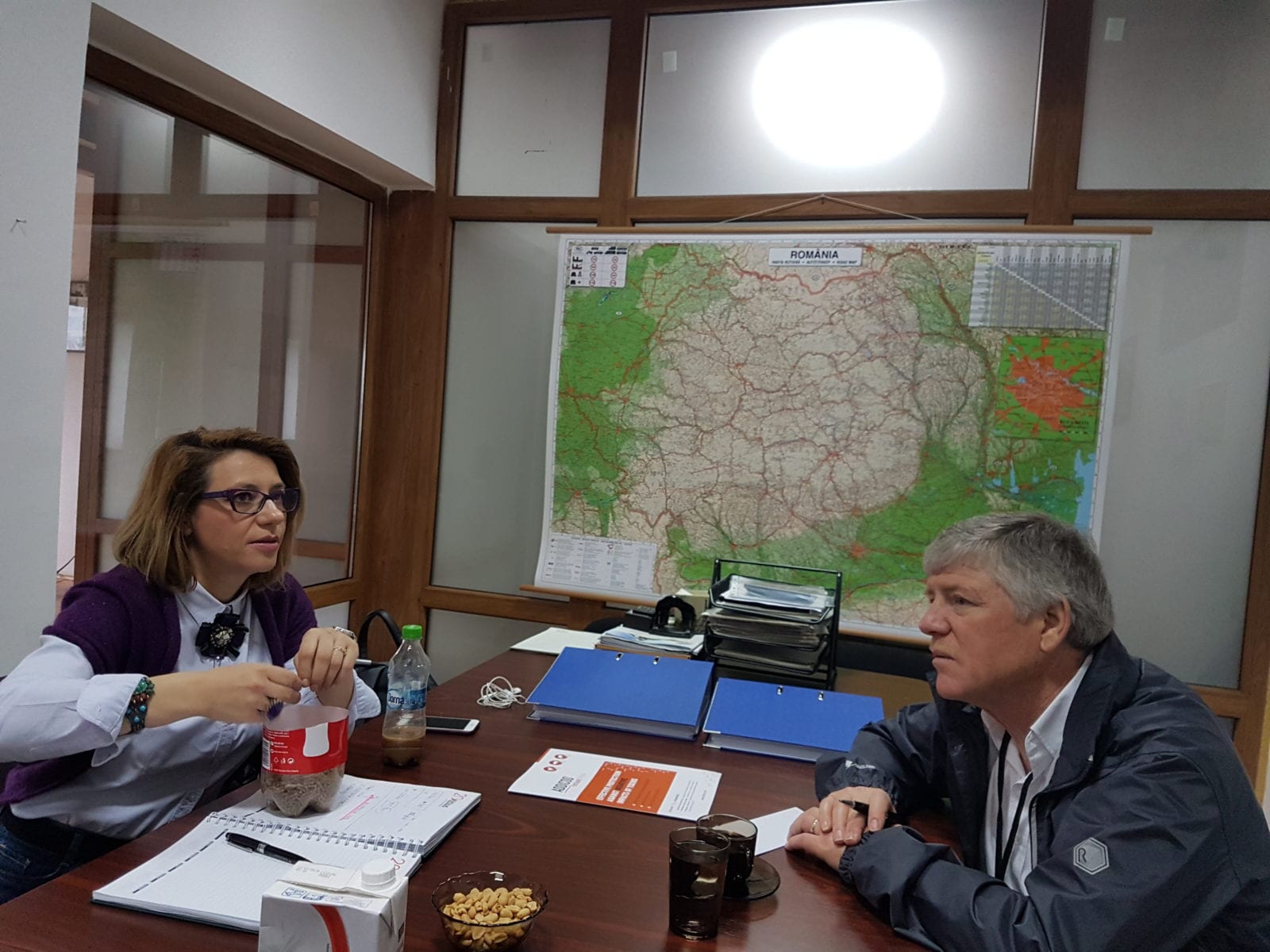Romanian End Users Learn How to Maximize U.S. Soy Advantage
- Category:
- Animal Utilization
- General News

Following the quality control training held in Bucharest on April 9 and 10, and to reinforce the commitment of the U.S. soy industry to its Romanian customers, USSEC consultants recently visited with U.S. soy end users in Romania.
The goal of the follow up activity was to understand customers’ needs for their long term success and offer technical support and guidance in how to better use and squeeze more benefits from U.S. Soy, one of the richest nutrient content protein material used in animal feeding.
During the field visits, USSEC consultants Dr. Jan van Eys and Dr. Carsten Pedersen focused attention and discussions on the variability of soybean meal, key differentiation criteria between soybean meal of different origins, and how to properly use the lab analysis results in order to capture the nutritional advantages of U.S. soybean meal: better amino acids digestibility and higher metabolizable energy content.

Currently, most Romanian feed mill laboratories are equipped with state of the art technology for chemical and near infrared (NIR) analysis. During the past decade, the local feed and livestock industries had the opportunity to modernize and upgrade their quality control facilities and standards, and personnel working in the labs reached a very good level of qualification. As such, generating reliable analysis data is a common practice at most of the feed companies in the country. Nonetheless, data interpretation and implementation are dynamic processes, involving constant updates of the information flow and requiring high qualification and teamwork efforts from the chemists, lab technicians, nutritionists, veterinarians, and purchasing managers.
“People we met and interacted with during the activity in Romania proved that they are fully aware of how key factors such as geographical location of soybean production, soybean variety, and processing methods influence the variability of crude protein and amino acid composition of soybean meal,” says Dr. van Eys. “And they do an excellent job getting accurate data on chemical composition and amino acid profile for the ingredients. However, this is not enough. The nutritionist has to further implement the values into the feed formulation matrix, use modern feed formulation techniques and ‘do the math’ in order to gain the advantage of U.S. Soy.”
A particular interest for discussion with the technical personnel from the companies visited was the high protein soy ingredients, such soy protein concentrates, which become a staple for young animals such piglets and turkey because of fish meal shortages and high market prices.


“Soybean meal has long been the predominant vegetable protein source for the feed industry in Romania,” states Dr. Iani Chihaia, USSEC consultant – Eastern Europe, who escorted Drs. van Eys and Pedersen on the customer visits. “Although the alternative vegetal protein sources such as sunflower meal and canola meal are locally available and at relatively cheaper prices, Romanian nutritionists developed a preference for U.S. Soy, simply because U.S. origin soy has an excellent amino acid profile that complements corn, which is readily available from Romania’s rich maize crops. Even though it is not one of the largest feed producing countries in Europe, Romania continues to import and benefit from U.S. Soy’s nutritional advantages.”